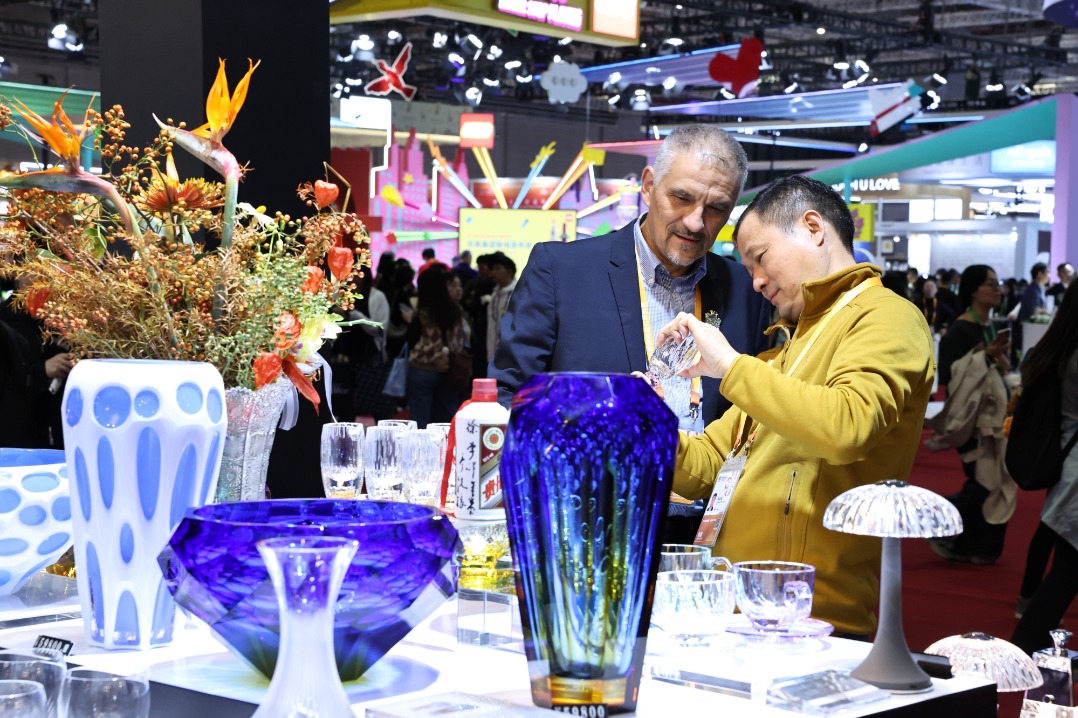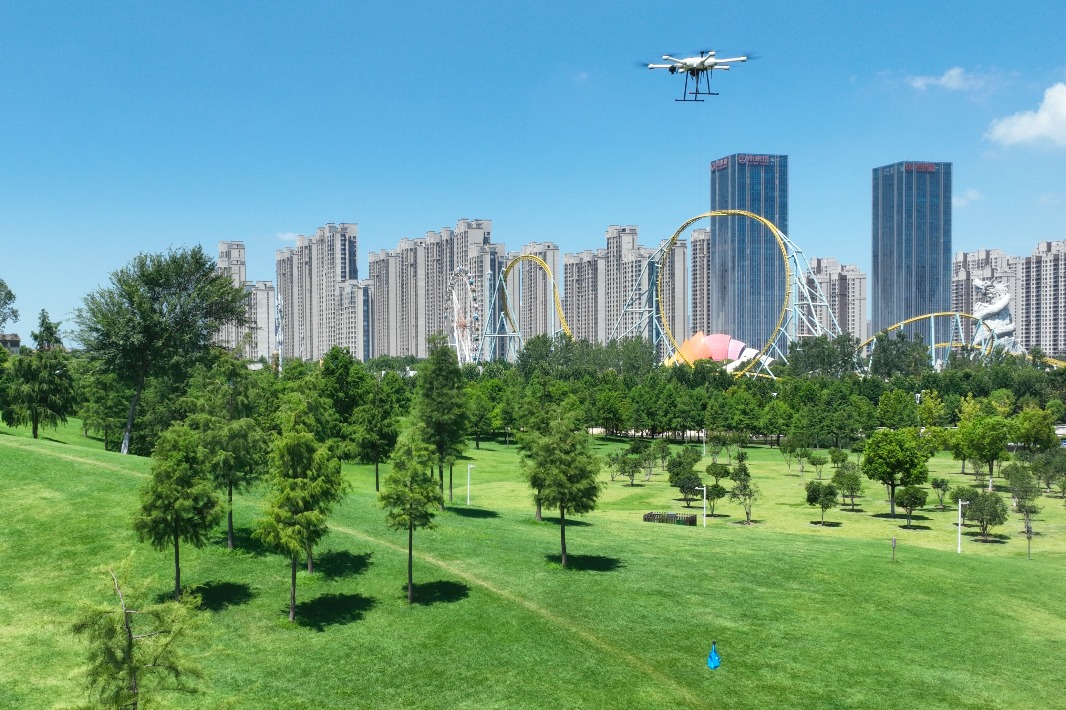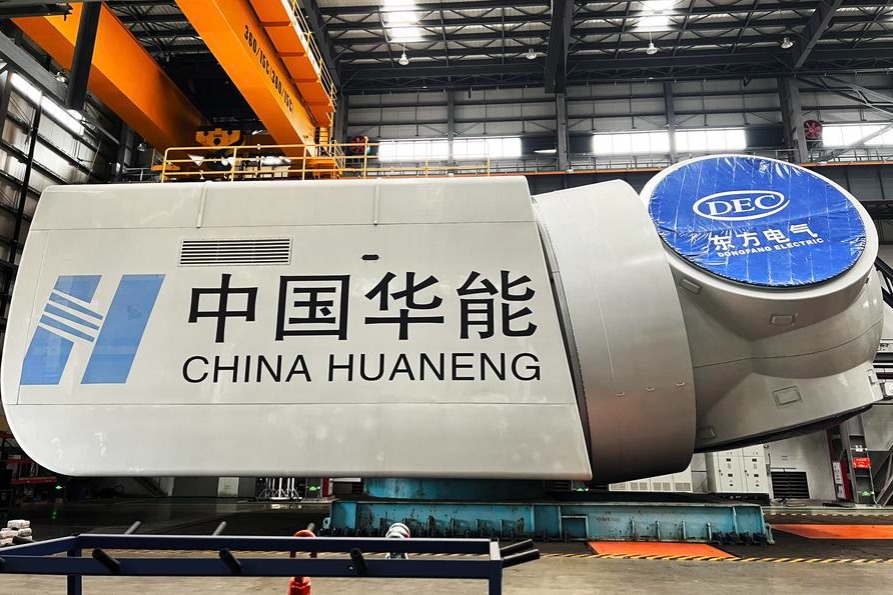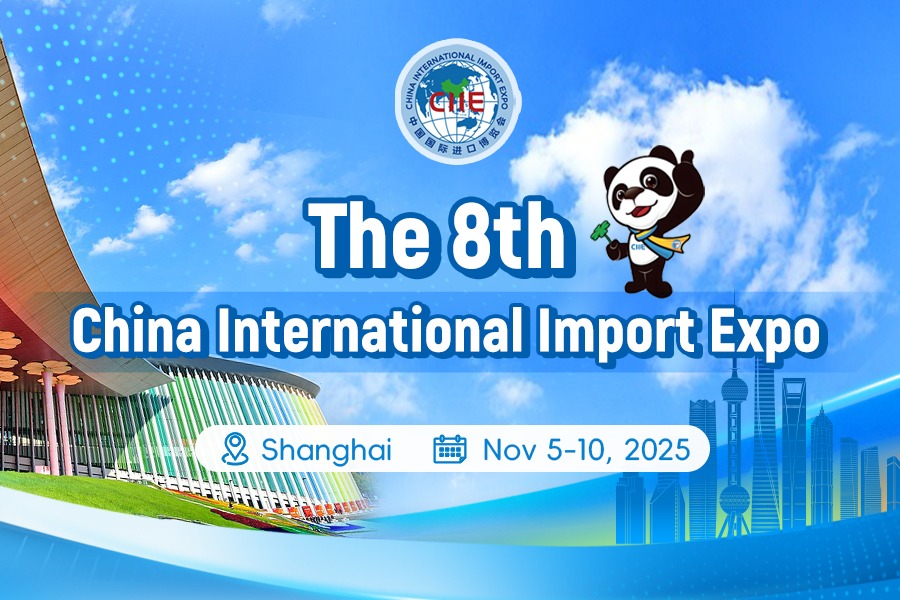Women's wellness, beauty market glowing brightly


Currently, there is rising awareness among women about anti-early aging, and related demand is constantly being unleashed. Data from Wuhan, Hubei province-based cosmetics information platform Bevol showed that among those between 18 and 35 years of age, more than 95 percent encounter early aging dermatological problems, with over 60 percent suffering from large pores, yellowish and dull skin, and over 30 percent complaining of wrinkles.
To combat early aging, women are showing increasing interest in anti-early aging products, and are willing to spend big money on them. Related products include injections, cosmetics, beauty equipment, drugs and health supplements.
Among such choices, in recent years, nonsurgical medical aesthetics have been booming. Data from market research firm Frost & Sullivan showed that in 2022, China's nonsurgical medical aesthetics sector totaled 120.7 billion yuan, growing 23.5 percent year-on-year and surpassing that of the surgical medical aesthetics market. The market is estimated to reach 415.7 billion yuan by 2030.
Specifically, based on different principles, nonsurgical medical aesthetics are mainly divided into injections and photoelectric treatment.
The core components of injectable products have four major functions: filling, inhibition, skincare and lipolysis. Research and development into these core modalities is of great significance for enterprises to build competitive barriers. At present, the core ingredients of facial injection products in the market mainly include hyaluronic acid, botulinum toxin, collagen and various regenerative ingredients.
Photoelectric instruments use lasers, radio frequencies, ultrasound and other energy forms to solve problems at different layers of the skin. Mainstream manufacturers include United States-based Cynosure, Candela and Lumenis, German's Fotona and Israel's Alma.
The rising visibility of the sector has attracted attention from the capital market. Data from VBData.cn, a Chongqing-based healthcare services platform, showed that in 2022, more than 50 venture capital or private equity institutions invested in photoelectric instrument companies.
"With technological breakthroughs in gene editing, cell therapy, brain-computer interface, artificial intelligence and regenerative medicine, anti-early aging products are likely to embrace more possibilities," said Hu Xuan, a medical aesthetics analyst at VBData.cn.
The weight loss sector is also attracting mounting attention. On June 28, Guangzhou, Guangdong province-based weight management company Archealth submitted its prospectus to the Hong Kong bourse in preparation for an upcoming IPO. On July 12, Beijing-based sports technology company KEEP successfully listed in Hong Kong.
Meanwhile, in recent years, several domestic digital tech companies have invested in the subcategory, covering the fields of popular science, weight loss planning, weight loss guidance, and the healthcare information sharing community. However, there is a lack of hard evidence that such newcomers are able to offer comprehensive solutions.
To promote the sustainable development of the women's healthcare management market, Hu suggested that enterprises should expand their business scope throughout women's entire life cycle, as modern women increasingly pursue multilevel, diversified and personalized healthcare consumption experiences, such as cancer screening, traditional Chinese medicine rehabilitation, psychological counseling and genetic testing.
Meanwhile, he said that it is necessary to enhance the application of digital technologies in women's healthcare management consumption scenarios, as digital technology applications raise the efficiency of the industry, and offer data support related to entire lifecycle healthcare management for women.
"With the emergence of new companies and new technologies, the women's healthcare management sector is expected to flourish," Hu added.




































